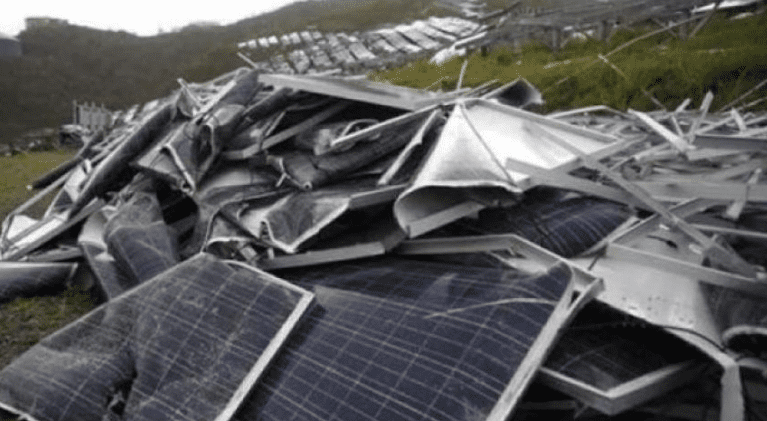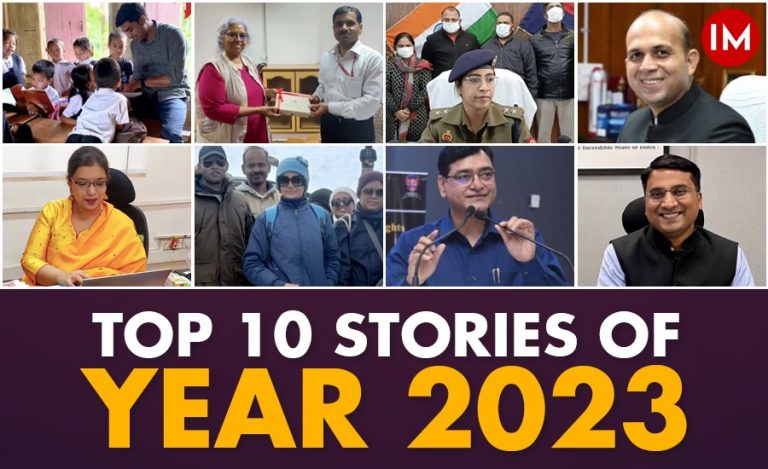India could accumulate a staggering 600 kilotonnes of solar waste by 2030, equivalent to filling up 720 Olympic-size swimming pools, according to a new study released on Wednesday.
Conducted by the Ministry of New and Renewable Energy (MNRE) in collaboration with the independent think tank Council on Energy, Environment and Water (CEEW), the study predicts that about 67 percent of this waste will originate from five states: Rajasthan, Gujarat, Karnataka, Andhra Pradesh, and Tamil Nadu.
With India’s current installed capacity of 66.7 GW (as of FY’23) already producing around 100 kilotonnes of waste, this figure is expected to rise to 340 kilotonnes by 2030. The study, titled “Enabling a Circular Economy in India’s Solar Industry: Assessing the Solar Waste Quantum,” notes that this includes approximately 10 kilotonnes of silicon, 12-18 tonnes of silver, and 16 tonnes of cadmium and tellurium, crucial minerals for India.
The recycling of solar waste to recover these materials would reduce import dependency and enhance India’s mineral security.
The study indicates that the remaining 260 kilotonnes of waste will stem from new capacity deployed between 2024 and 2030. By 2050, solar waste is projected to increase to about 19,000 kilotonnes, with 77 percent originating from new capacities, presenting an opportunity for India to become a leading hub of circular economy for the solar industry and ensure resilient solar supply chains.
India’s plan to amass around 292 gigawatts of solar capacity by 2030 underscores the crucial need for solar PV waste management, considering environmental, economic, and social factors.
This study, conducted under Niti Aayog’s Action Plan for Circular Economy – Solar Panels, provides critical insights into India-specific solar waste generation, excluding manufacturing.
This information is pivotal for formulating data-driven waste management policies. In alignment with this, last year, the environment ministry issued amended E-waste Management Rules 2022, bringing solar photovoltaic cells, panels, and modules under its ambit. These rules mandate producers of solar cells and modules to manage their waste under the extended producer responsibility (EPR) framework.
















